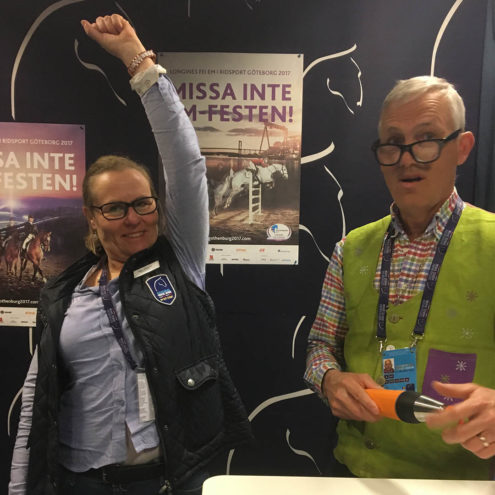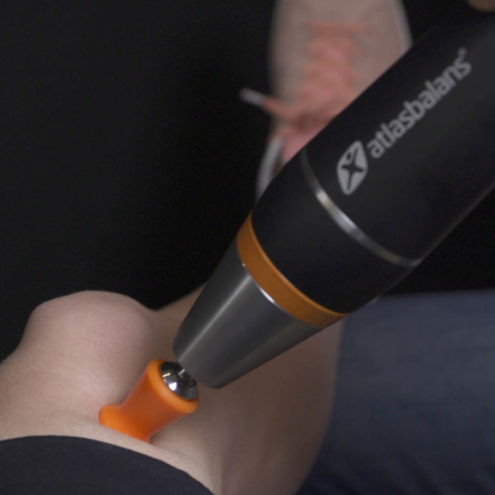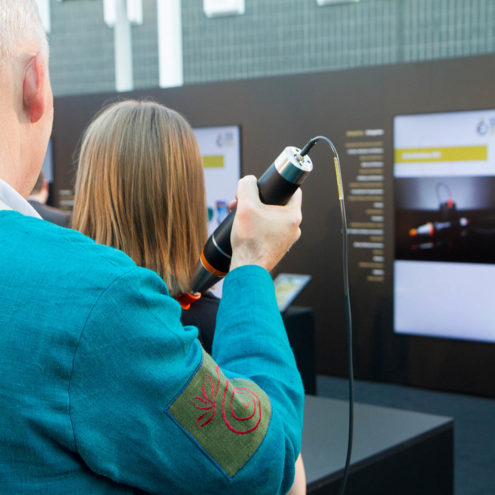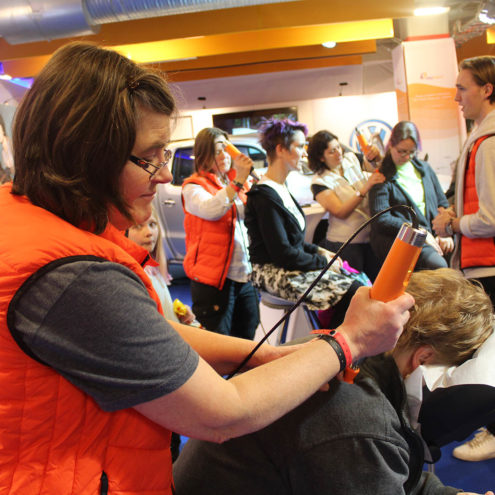Why do I bruise easily?

What are bruises and how do they occur?
Bruises, medically known as hematomas, occur when small blood vessels, capillaries, rupture due to an external physical force, such as a blow or fall. The blood from these damaged vessels collects under the skin, giving rise to the visible blue-black mark. As the skin is not broken, there is no open wound, but the area may be tender and swollen.
Bruises on the legs
Bruises on the legs are particularly common, often the result of external physical impact during everyday activities such as knocks and bumps. They can also be an indication of more deep-seated problems such as circulatory difficulties or inhibited blood clotting.
Bruises on the arms
Like the legs, the arms are often exposed to bumps and bruises that can result in bruising. For people with sensitive skin or those taking certain medications, such as blood thinners, even minor blows can result in noticeable bruising.
Reasons why you bruise easily
Some people may find that they bruise more easily than others, which may be due to several factors.
Common causes of bruising
Bruising can be due to a variety of causes, from genetic factors to medical conditions. Age also plays a role, as the skin becomes thinner and blood vessels more fragile over time. Diet and lifestyle, such as a lack of certain nutrients or physical activity, can also affect how easily you bruise.
Specific factors related to bruises on the legs and arms
In addition to the general causes of bruising, specific factors related to the arms and legs may include intense exercise, especially in contact sports, as well as everyday activities where these body parts are more exposed to blows and impacts.
What do your bruises indicate? Symptoms and diagnosis
While most bruises are harmless and heal on their own, some symptoms may indicate an underlying health risk.
When should you be worried about your bruises?
If bruising occurs frequently for no apparent reason, is unusually large or painful, or does not go away after a couple of weeks, you should consider consulting a doctor. Other warning signs include bruising that is accompanied by severe bleeding from other parts of the body, such as the gums or nose.
Distinguishing between normal and worrisome bruises
Normal bruising should not cause excessive pain and should gradually disappear within 2-3 weeks. Bruises that do not, or that appear together with other symptoms such as fatigue, fever or weight loss, may require further medical investigation.
How we at the FasciaClinics can help you with your bruises
At the FasciaClinics, we offer a holistic approach to your well-being. Our therapies include fascia treatment to improve circulation and reduce fascial tightening.
Prevention and tips
Preventive measures to reduce the risk of bruising include eating a nutritious diet, rich in vitamins and minerals and avoiding excessive alcohol consumption. It may be helpful to take care during physical activity to reduce the risk of injury. Use protective equipment if available as an alternative. Regular exercise can also strengthen muscles and tissues around sensitive areas, which can protect blood vessels from damage.
By understanding the different factors that contribute to bruising, individuals can take steps to manage and prevent them. Knowing when and how to seek medical help is also important to ensure optimal health and well-being.
Common Mistakes and How to Avoid Them
Vilka är de vanligaste orsakerna till att jag lätt får blåmärken?
Vanliga orsaker inkluderar genetiska faktorer, åldrande som gör huden och blodkärlen mer bräckliga, brist på vissa näringsämnen och livsstilsfaktorer som fysisk aktivitet.
När bör jag vara orolig för mina blåmärken?
Om du upplever blåmärken som ofta uppstår utan uppenbar anledning, är ovanligt stora eller smärtsamma, eller inte försvinner efter ett par veckor, bör du överväga att konsultera en läkare. Andra varningssignaler är blåmärken som åtföljs av svår blödning på andra delar av kroppen.
Hur kan Fasciaklinikerna hjälpa mig med mina blåmärken?
På Fasciaklinikerna erbjuder vi fasciabehandlingar som fokuserar på att förbättra cirkulationen och minska förtätningar i fascian.
Vilka förebyggande åtgärder kan jag vidta för att minska risken för blåmärken?
Att äta en näringsrik kost, undvika överdriven alkoholkonsumtion, vara försiktig vid fysisk aktivitet för att minska risken för skador, och regelbunden motion för att stärka muskler och vävnader runt känsliga områden kan hjälpa till att skydda blodkärlen från skador.
Hur skiljer jag mellan normala och oroväckande blåmärken?
Normala blåmärken ska inte orsaka överdriven smärta och bör gradvis försvinna inom 2-3 veckor. Om blåmärken inte gör detta, eller om de uppträder med andra symtom som trötthet, feber eller viktminskning, kan det vara tecken på en allvarligare hälsotillstånd som kräver medicinsk utredning.
Kan blåmärken vara tecken på allvarligare hälsoproblem?
Ja, i vissa fall kan blåmärken vara tecken på allvarligare hälsoproblem, särskilt om de uppträder utan tydlig orsak, är större eller smärtsammare än normalt, eller inte läker som de borde. Det är viktigt att vara uppmärksam på dessa symtom och söka medicinsk rådgivning vid behov.
 Search
Search


































